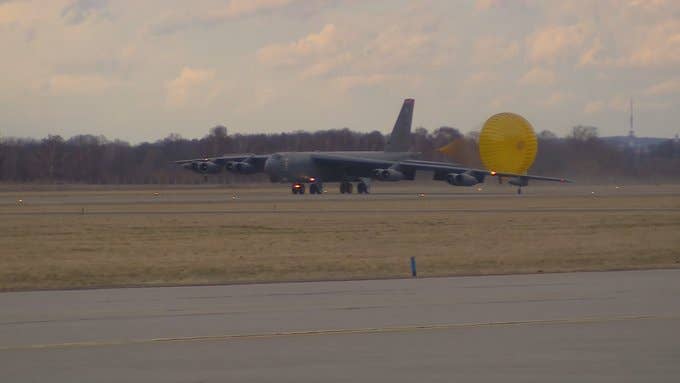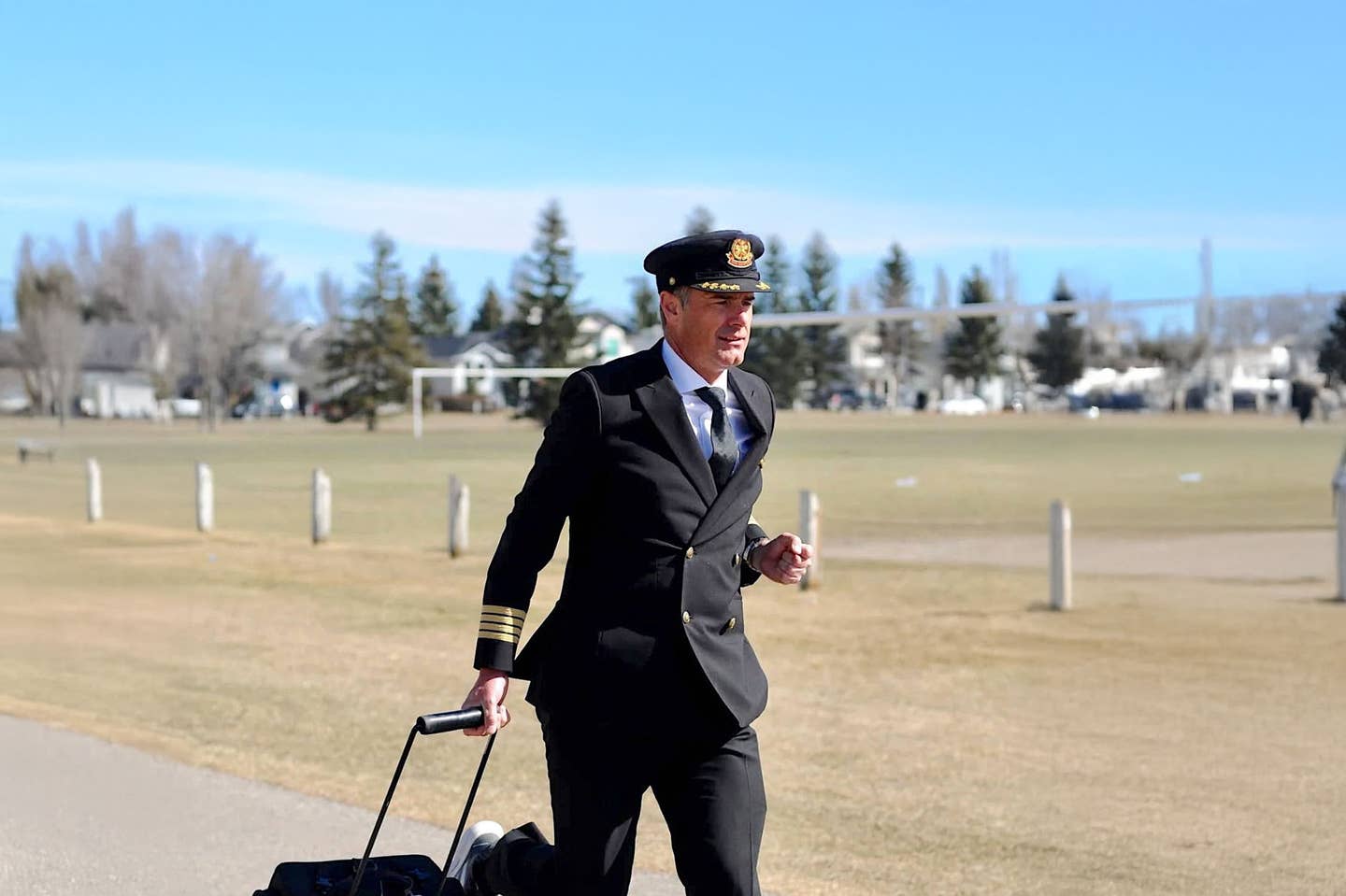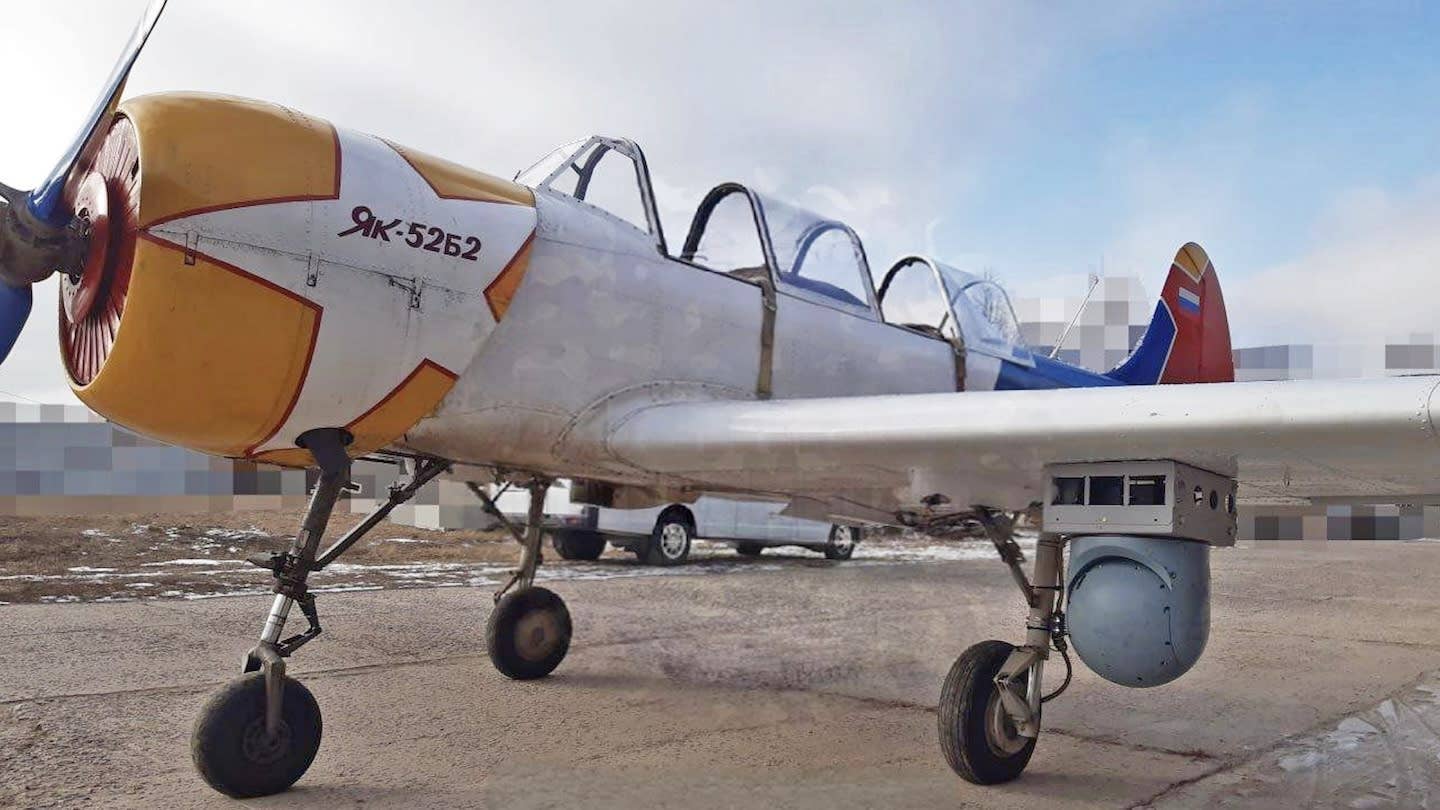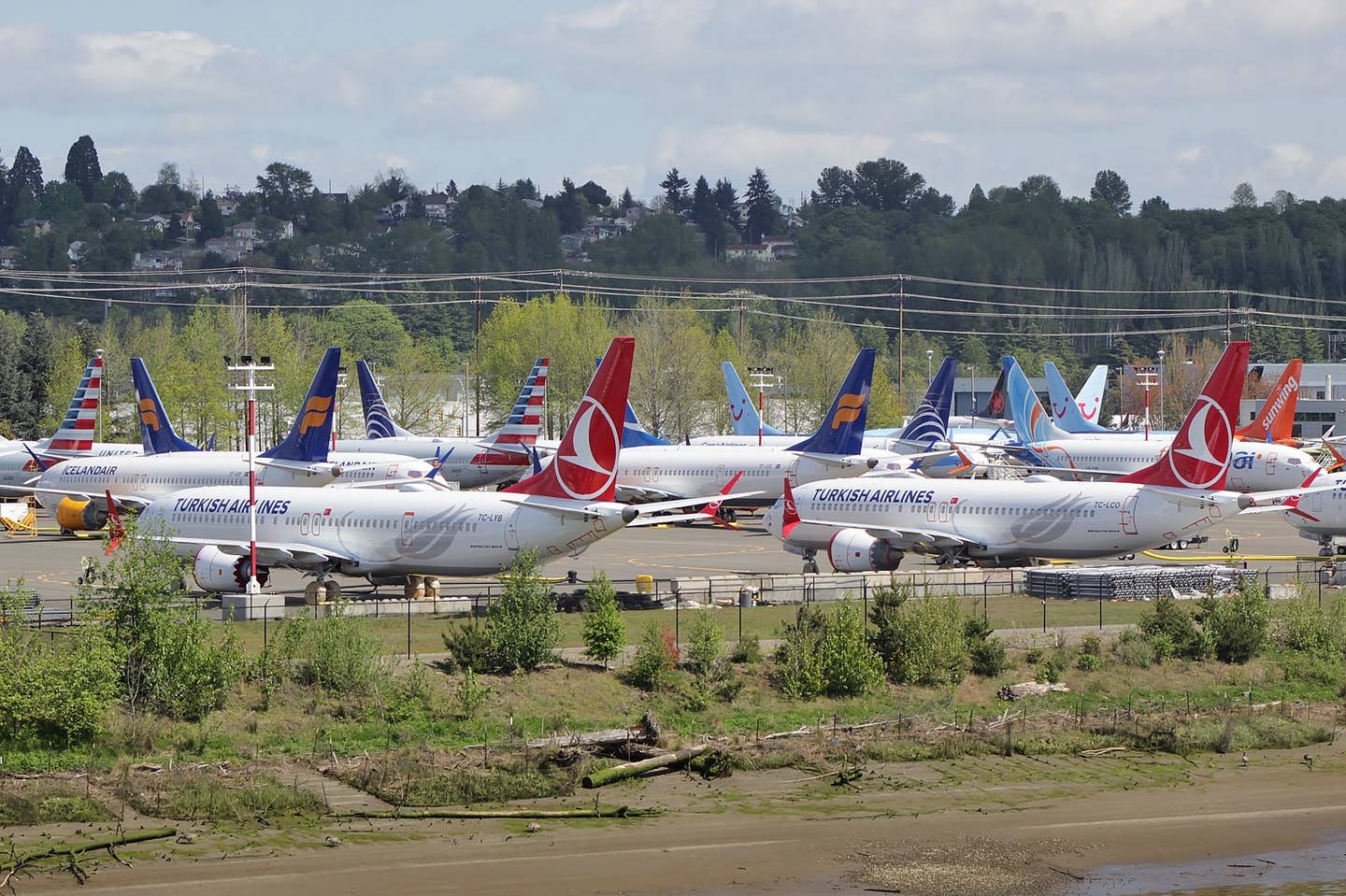NATO Stages Aerial Assets In Preparation For Conflict Over Ukraine
It’s been more than 80 years since European countries directly faced off in armed conflict among themselves. When German troops crossed into Poland in September 1939 (in part, using the…

This Boeing B-52H Stratofortress touched down in Ostrava, Czech Republic, in support of NATO forces facing down Russian aggression in Ukraine.
It’s been more than 80 years since European countries directly faced off in armed conflict among themselves. When German troops crossed into Poland in September 1939 (in part, using the same “false-flag” strategy the U.S. has been predicting for Russia in its feared 2022 intervention in Ukraine), the air forces of Allied countries began positioning their defenses and drawing up strategies for dealing with an onslaught that had suddenly shifted from a theoretical chessboard to life-or-death.
Specifically, Air Chief Marshall Hugh Dowding, leader of the British Royal Air Force Fighter Command, was tasked with openly challenging his Prime Minister (Winston Churchill)—imploring that Britain withdraw its promise to squander fighter squadrons defending a doomed France, a vain promise that would have hobbled RAF Fighter Command’s capacity to defend the home island in what ultimately became the Battle of Britain.
An excellent article posted on The Aviationist website lays out the “NATO Order of Battle” in the current Ukrainian crisis. Akin to the challenges faced by Allied air forces in the middle of the last century, leaders of NATO air forces, including the USAF, must anticipate possible combat scenarios based on their best intelligence, deploy their forces to best advantage, and hope for the best.
At the center of the strategizing are the Intelligence Surveillance and Reconnaissance (ISR) arms of the combat forces, as well as bomber/fighter “assets.” At least in the early stages, ISR is doing the heavy lifting—keeping an eye on Russian troops massed on three sides of Ukraine. Ironically, however, it’s an aircraft that first flew less than a decade after the end of World War II that currently takes center stage in NATO's muscle flexing.
On Monday (Feb. 21), one of four Minot, North Dakota-based Boeing B-52s (aka BUFF; Big Ugly Fat … ah … Fellahs) “visited” Leoš Janáček Airport in Ostrava, Czech Republic. Designated as a training flight, the mission, in part, incorporated “mutual cooperation between the air forces of NATO member states,” including Saab JAS-39 Gripens. Other B-52 missions interfaced with RAF Typhoons, Israeli and Saudi F-15s, and U.S. Marine Corps F/A-18s while on long-range patrol.
Among a host of other combat aircraft from multiple sister NATO countries, F-15C and F-15D Eagles from the 493rd Fighter Squadron, part of the 48th Fighter Wing based at RAF Lakenheath, U.K., deployed to Łask Air Base in central Poland; six of 15 F-15E Strike Eagles of the 336th Fighter Squadron, part of the storied 4th Fighter Wing based at Seymour Johnson Air Force Base, North Carolina, and deployed to Lakenheath, spent time in January at Ämari Air Base, Estonia, to support the NATO mission; Eight Block 50 F-16CMs of the 480th Fighter Squadron based at Spangdahlem Air Base, Germany, arrived at Fetesti Air Base in Romania on Feb. 11, joining Italian Eurofighter Typhoons that arrived in-country in December; and a dozen Fifth-Generation USAF stealth F-35A Lightning II jets from the 34th Fighter Squadron based at Hill Air Force Base, Utah, landed at Spangdahlem on Feb. 16, to “bolster readiness, enhance NATO’s collective defense posture and further increase air integration capabilities with Allied and Partner nations.” The Air Force added, “The aircraft are equipped for a variety of missions to deter aggression and defend Allies should deterrence fail.”






